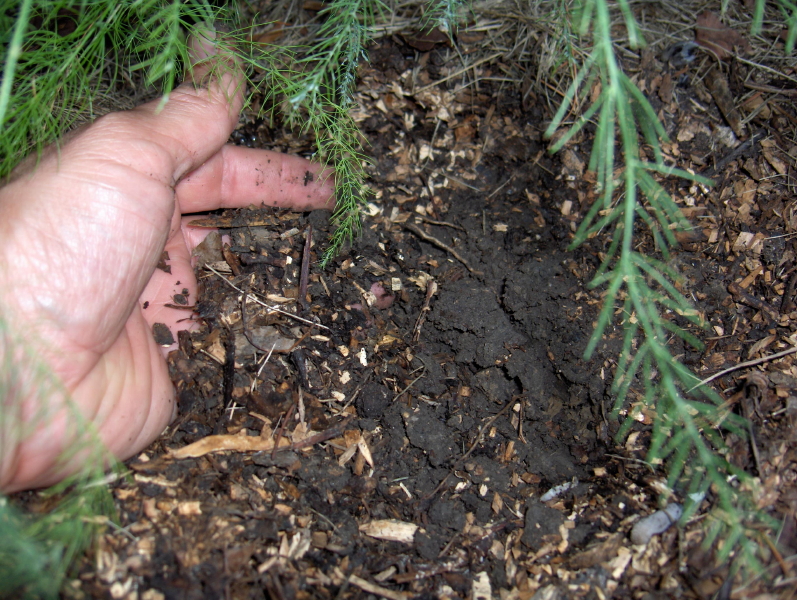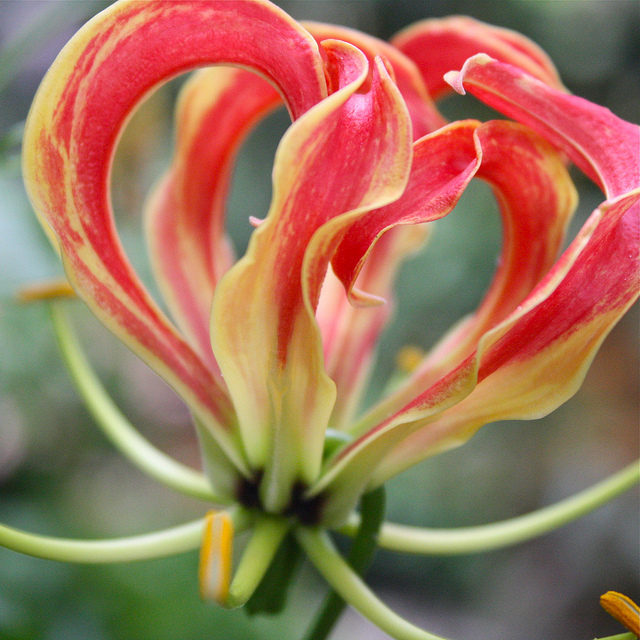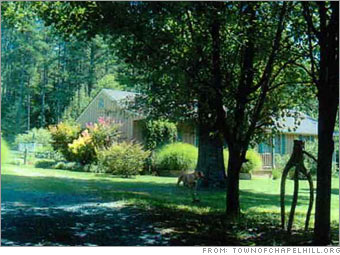In working at the Richland County Extension office, I see the wide range of soil buying essays online types we have in the Midlands. It seems most residents are blessed with an abundance of clay or sand. Very few of the samples that I see are nice, loamy soil—the sort of soil that elicits thoughts of “I wish my soil looked like that!” Most of the good stuff comes from vegetable plots where the owner has repeatedly amended the soil, building it and improving it over several years.
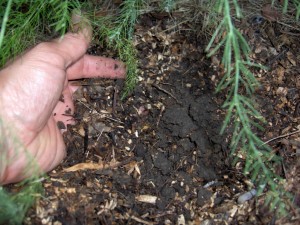 If your soil is so clayey that it would do better on the potter’s wheel than on the potting bench, how can you make it more hospitable to your plants? How can you improve your soil if your home parcel is ancient beachfront property and you got the beach but not the ocean view? The answer to both questions is by adding organic matter.
If your soil is so clayey that it would do better on the potter’s wheel than on the potting bench, how can you make it more hospitable to your plants? How can you improve your soil if your home parcel is ancient beachfront property and you got the beach but not the ocean view? The answer to both questions is by adding organic matter.
For gardeners, organic matter pretty much means any material derived from plants: compost, peat moss, wood chips, sawdust, leaves, bark, manure (from cattle, horses, poultry or other vegetarians), etc.
The problem with clayey soil is one of drainage. While clay has it all over sand in times of drought and in nutrient holding capacity, the lack of drainage can easily lead to plants suffering root suffocation and rot and gardeners having to rely on raised beds. The spaces between the particles of a clayey soil are so small that water (and plant roots) can’t easily penetrate.
Can sand be added to loosen clay? Theoretically yes, but it takes such a huge amount of sand (or gypsum or expanded stone) that it’s not practical. To avoid the soil “setting up” and becoming even harder, like brick or adobe, the soil mixture most be mostly sand. If you can add a foot or more of sand and thoroughly mix it in, it might work, but few of us can raise the grade that much.
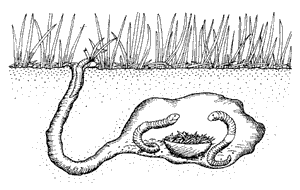 By adding organic matter, you can improve the tilth (the suitability of the soil texture for plant growth) of clayey soil. As the organic matter decomposes, compounds are produced that cement the small soil particles together into aggregates. Bigger particles mean bigger spaces between them and room for water and root penetration. Unlike with inorganic amendments, earthworms will continually redistribute organic matter throughout your soil long after you’ve put the tiller away, and their burrowing creates even more channels for water and roots. Decomposition also changes the organic matter into inorganic nutrients that can be used by growing plants.
By adding organic matter, you can improve the tilth (the suitability of the soil texture for plant growth) of clayey soil. As the organic matter decomposes, compounds are produced that cement the small soil particles together into aggregates. Bigger particles mean bigger spaces between them and room for water and root penetration. Unlike with inorganic amendments, earthworms will continually redistribute organic matter throughout your soil long after you’ve put the tiller away, and their burrowing creates even more channels for water and roots. Decomposition also changes the organic matter into inorganic nutrients that can be used by growing plants.
Sandy soils, on the other hand, suffer from excessive drainage. Water percolates quickly, taking nutrients with it. Organic matter can act like a cheap viagra sponge, holding water and binding nutrients, keeping them longer in the vicinity of plants’ roots.
Because our soils never get cold enough to shut down the decomposition processes, it’s tough to maintain a high level of organic matter in them (that’s why our soils 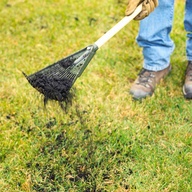 are much poorer than those of the Midwest). Therefore, amending soil is not a one time job. Frequent topdressing should be part of our routine as gardeners (as should using mulches that not only conserve water and block weeds, but also breakdown and become part of the soil). Even on turf, a half-inch of compost applied a few times during the growing season will help build the soil (use a rake to spread the compost evenly to prevent the grass from being buried). Use of a core aerator before application will help incorporate the compost quickly, but the worms, ants and other soil movers will work it in.
are much poorer than those of the Midwest). Therefore, amending soil is not a one time job. Frequent topdressing should be part of our routine as gardeners (as should using mulches that not only conserve water and block weeds, but also breakdown and become part of the soil). Even on turf, a half-inch of compost applied a few times during the growing season will help build the soil (use a rake to spread the compost evenly to prevent the grass from being buried). Use of a core aerator before application will help incorporate the compost quickly, but the worms, ants and other soil movers will work it in.
The type of organic matter doesn’t matter, not much anyway. There are differences in costs, availability, the likelihood of weed seed contamination, and nutrient content, but any of the available organic amendments will help alleviate the problems of clayey and sandy soil. If you’re going to incorporate organic matter into the soil, make sure it’s completely decomposed (compost, aged manure, decomposed bark), or your plants will have to compete with the saprophytes for nitrogen until decomposition is finished. Organic matter not yet decomposed can be safely used as mulch; just don’t bury it.
You can do much to reduce the need for imported stuff by conserving at home—not just fossil fuel, also organic matter. Unless it’s diseased, contains undesirable seeds or will take years to break down, use the leaves, debris and clippings in the landscape. Leaves and small branches make great mulch, and most other things can be composted.
Make a resolution this year to improve your soil by adding organic matter.


